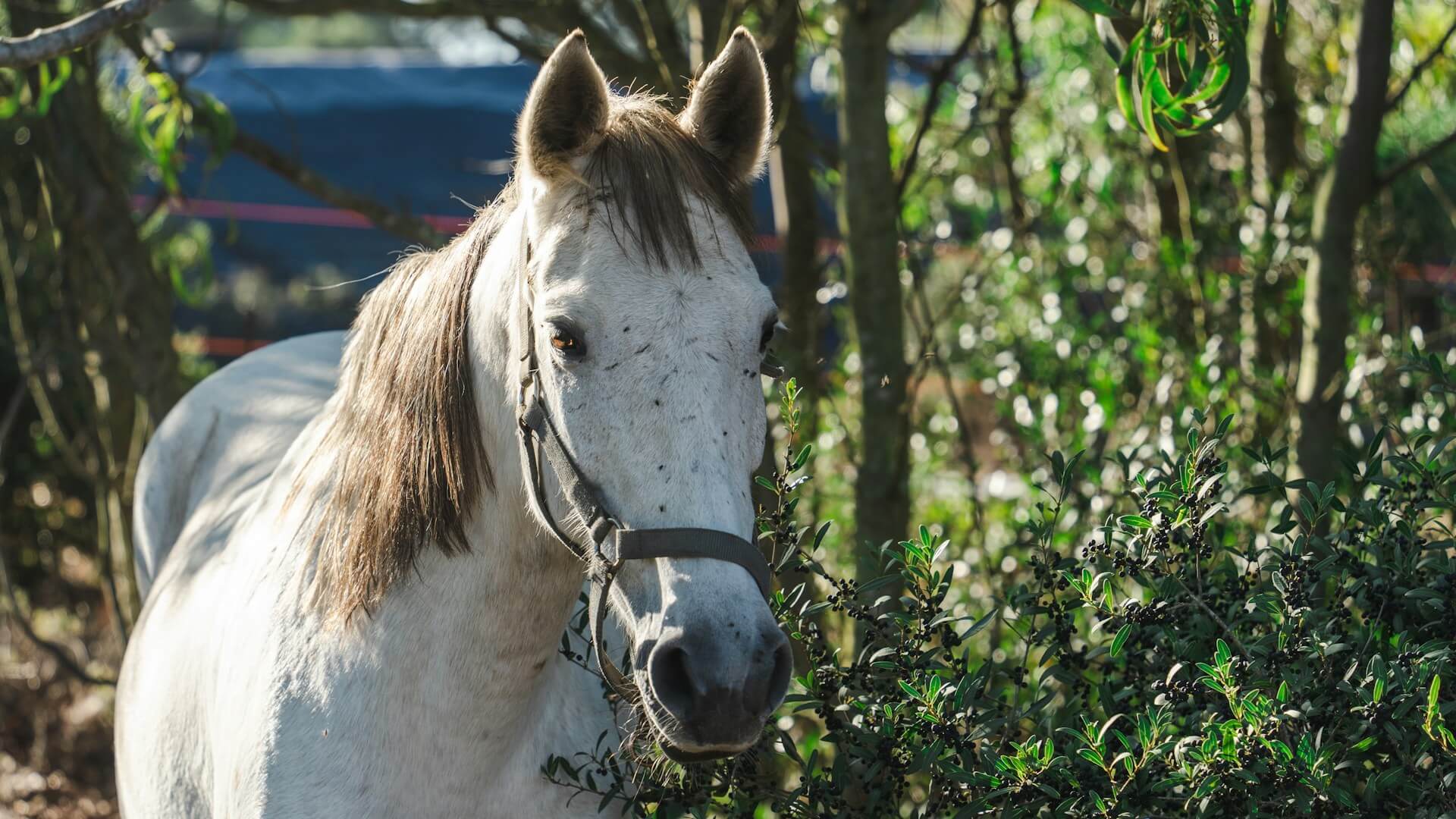
Only certain types of breeds are allowed to use fake-tails
Horse shows are considered by some riders as a form of beauty pageant, so in the late 20th century it became increasingly popular to increase the length and fullness of a horse’s tail. This is why “false horse tails” or “horse tail extensions” can be seen in today’s competitions.
However, not all breed-associations allow fake tails in competitions, and will disqualify a rider if they are caught using a tail extension in public. Do you know which ones?
What is a fake tail?
A fake tail is the equine equivalent of having a hair extension. Even though they do not naturally belong to the horse, they are not fake. As synthetic hair has not been able to mimic horse hair, fake tails are made from horses who have been slaughtered for meat in those countries where this is a common practice. Then, they are glued or stitched together.
Although they are strange, they are not uncommon in the USA for instance. Some other countries also sell fake tails for horses. In competition, sometimes they can be spotted by their unnatural thickness throughout the tail length.
They are designed to beautify dressage horses and make them appear as if they have full rear hair.
Procedure for using fake tails
The FEI has uploaded a procedure in order to request the use of tail extensions in dressage, para dressage and eventing competitions. Riders who wish to participate in events with a fake tail will need to provide a vet certificate stating the horse has injured its tail or has very little hair for other reasons.
Tail extensions are only allowed in some horse halter classes where breed organisations allow fake tails. Horse’s breed standards dictate whether the horse must be shown with the natural mane and tail or if they are allowed to wear a fake tail.
However, Bettina De Rham, FEI Dressage Director, has reported that under the current rules it is virtually impossible to check the legitimacy of each request without a personal inspection to ensure there is no metal in the extension. As changes start to be considered, horses might not be put through the seemingly pointless bureaucratic pre-approval process for long.
Related article: The different horse coat colours and patterns
Horse breeds and the use of fake tails
Some breeds allow almost all horses to exhibit a fake tail while others have it extremely prohibited. Examples of breeds where they approve false tails in competitions are the quarter horse and paint horse.
Breeds that do not allow fake tails in competitions and will disqualify riders using them are:
- Arabian
- Andalusian
- Bashkir Curly Horses
- Friesian
- Lusitano
- Morgan
As it happens during dog contests, each dog breed is judged based on its own breed standards. Similarly in horse shows, when entering a competition where everyone uses fake tails but your breed forbids the use of these, even if you lack the hair extension this will not be held against your horse and you will not receive less points than your opponents.
How to get a great-looking tail extension
If you do not want a tacky look when deciding on tail extensions, you can follow these tips:
- Aim for a natural look: if your horse already has a decent tail length, do not purchase a heavy tail extension. Instead, aim for a small extension to fill out some length.
- Ask for samples for colour matching to manufacturers to find the perfect match.
- Groom the hair extension and create a naturally feathered length. Also, do not neglect taking care of your horse's own natural hair.
Custom Tails has great tips as to how to choose the right fake tail for your horse. If you liked this article and would like to read similar articles, check out our news page on HorseTV and follow us on social media: we are on Instagram, Facebook and Twitter!
Images from Custom Tails and copyright-free webpages












_v2.svg)
_v2.svg)









_v2.svg)


